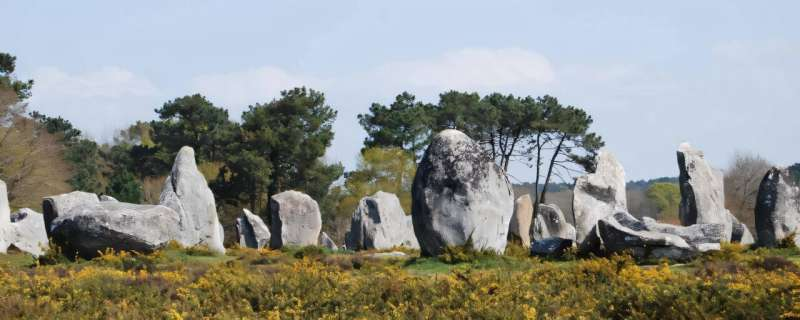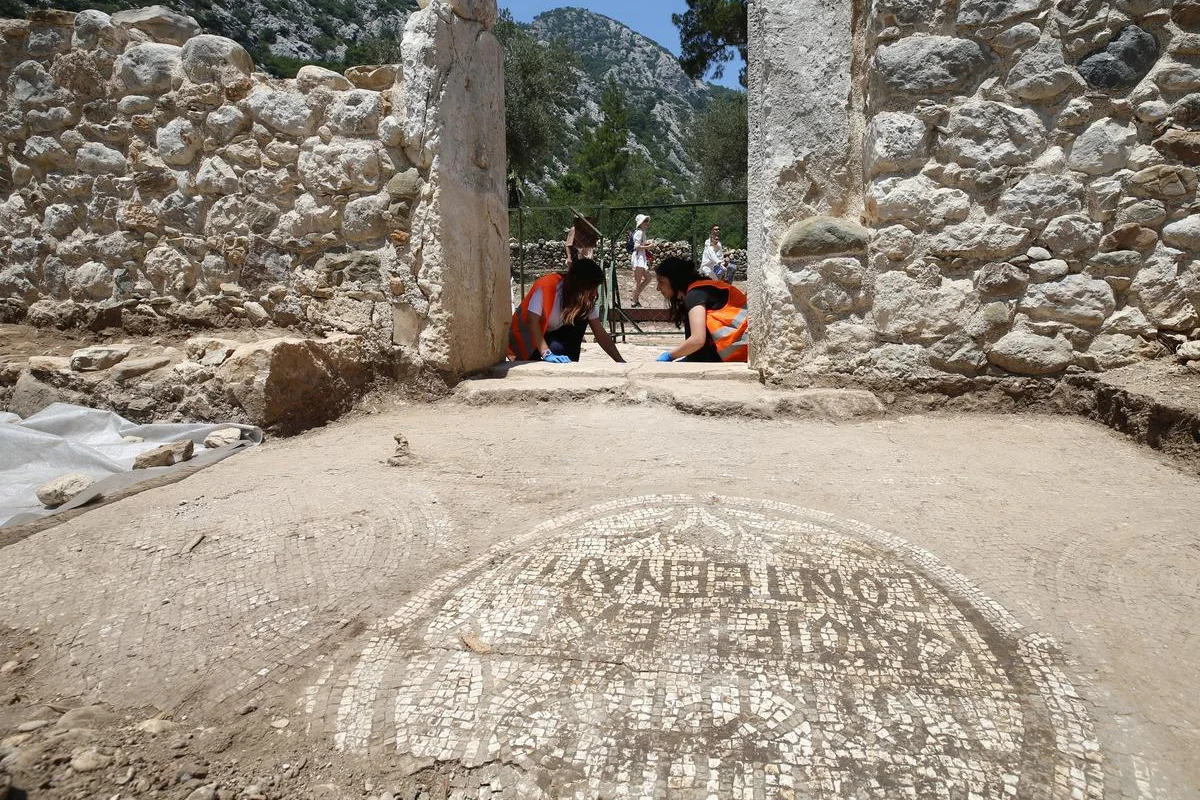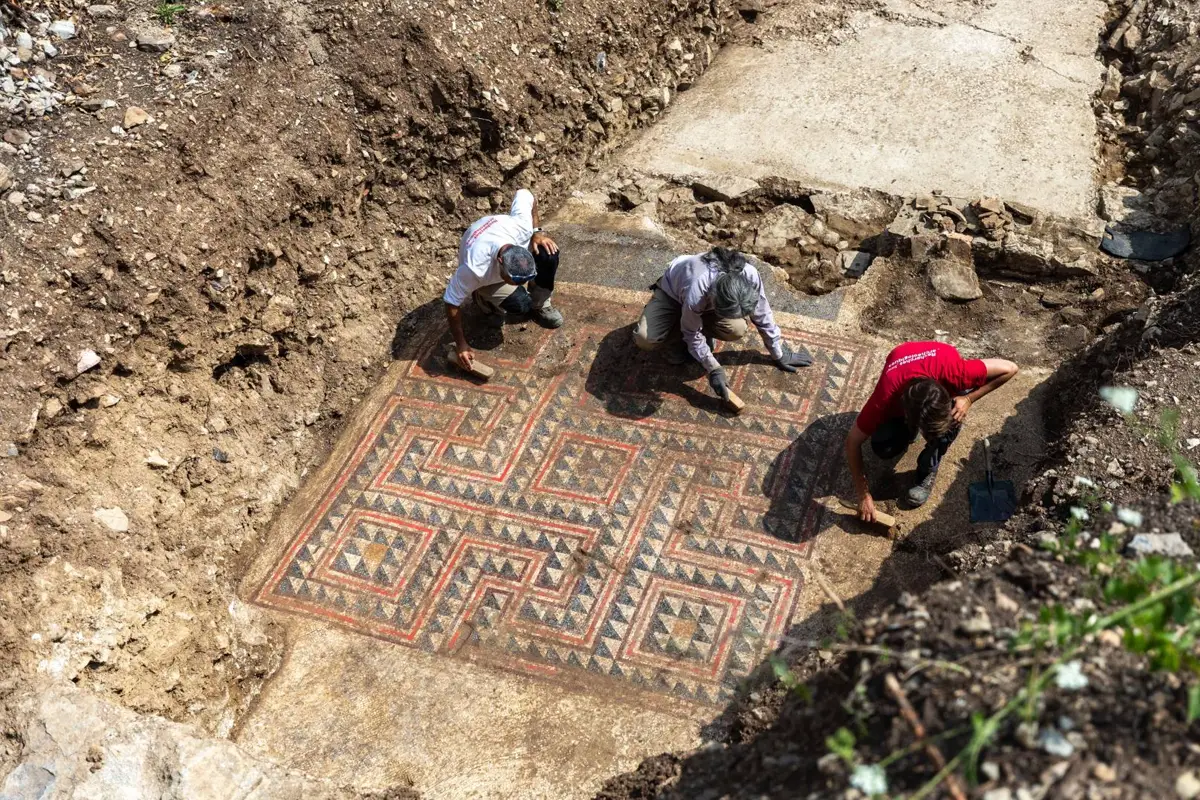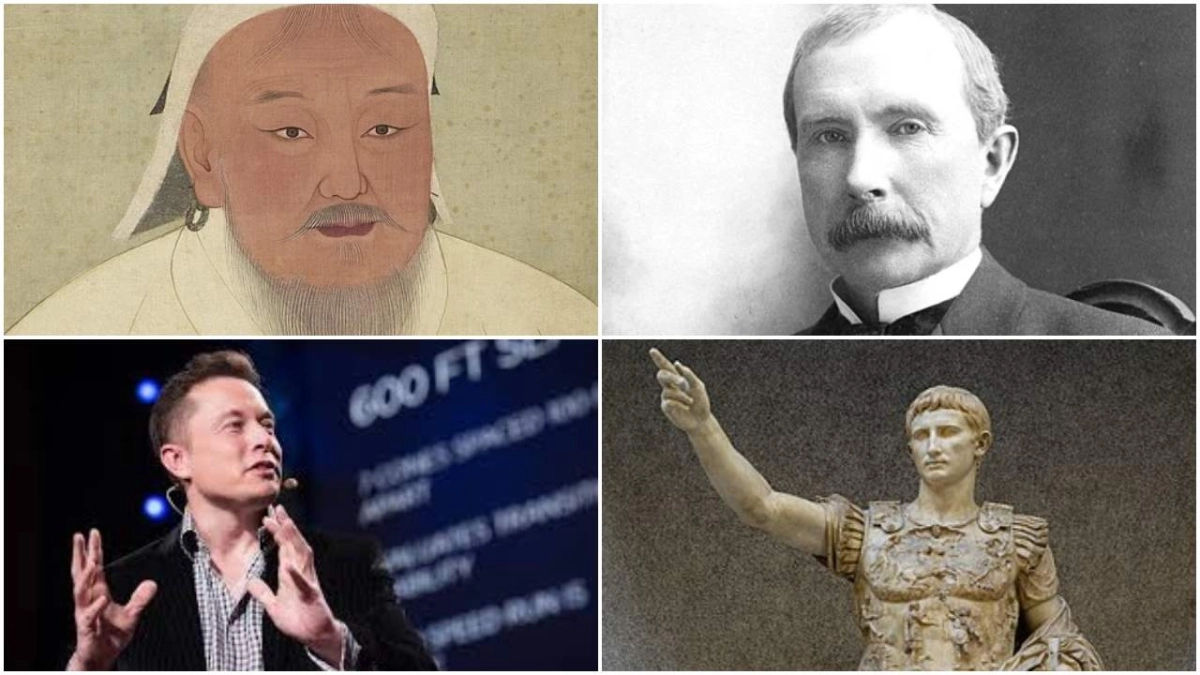The early centuries of the Common Era marked a significant period in the history of Indian art, particularly in the realm of sculpture, where sensuality and spirituality seamlessly converged to create evocative representations of divine and human forms. Around 200 AD, the region of Mathura emerged as a pivotal center for artistic development, where the sculpting of human and divine figures reflected not only remarkable craftsmanship but also profound religious and cultural symbolism. This era, characterized by its intricate and sensuous depictions of the human body, particularly the female form, showcased a blend of artistic innovation and spiritual representation.
The Cultural and Religious Context
In ancient Indian culture, religious beliefs were deeply intertwined with the visual arts. The creation of sculptures was not merely an aesthetic pursuit but a medium to express the divine nature of gods, goddesses, and semi-divine beings. The period around 200 AD was influenced by both Hindu and Buddhist religious narratives, with sculptures embodying themes of fertility, prosperity, and divine femininity. This convergence of art and spirituality was epitomized through the depiction of nature spirits known as yakshis, who were believed to symbolize the generative power of the earth and its natural bounty.
Intense Representations of the Feminine Form
The sculptures of this era are often noted for their intense and exaggerated features, particularly in the representation of the female body. These figures typically displayed ample curves, adorned with intricate jewelry and clothing that emphasized, rather than concealed, their physical forms. The sensuous portrayal of the feminine was not intended to evoke mere eroticism but was symbolic of fertility and life-giving energy. The detailed depiction of voluptuous hips, full breasts, and a confident stance was meant to convey a sense of nurturing abundance and the divine aspects of womanhood.
This celebration of the feminine form was deeply rooted in the cultural recognition of the divine feminine, embodied by goddesses such as Lakshmi, the goddess of wealth and prosperity, and Parvati, the consort of Shiva. Additionally, yakshis, as nature spirits, were popular subjects, serving as representations of fertility and the vital forces of nature.
Notable Examples of Sculptural Masterpieces
Several surviving sculptures from this period illustrate the artistic mastery and thematic focus of the time:
The Terracotta Plaques of Bengal: These intricate plaques, often depicting divine and semi-divine figures with sensuous, dynamic postures, showcase the emphasis on fertility and abundance.
The Kushan Period Yakshis: Distinctive for their full-bodied depictions, these sculptures highlight the elaborate detailing of adornments and the tribhanga pose, emphasizing movement and grace.
The Nagarjunakonda Sculptures: Found in Andhra Pradesh, these depict various scenes from life and mythology, including figures of goddesses and yakshis with flowing garments and bejeweled bodies that enhance their sensual appeal.
The Ganga and Yamuna Sculptures at the Temple Entrances: These river goddesses, often placed at the entrance of temples, symbolize purity and prosperity, depicted with detailed carvings that celebrate the divine feminine form.
The Yakshi of Didarganj: One of the most celebrated sculptures, the Didarganj Yakshi, hails from the 3rd century BCE but continued to inspire artists in the following centuries. This sandstone statue features an exquisitely carved figure holding a fly-whisk, adorned with heavy necklaces and a flowing garment that accentuates her curvaceous form.
The Mathura Yakshi: Originating from Mathura itself, this sculpture exemplifies the region’s style with a robust, sensuous depiction of the female body. The yakshi figures from Mathura were often depicted standing in graceful tribhanga (triple-bend) poses that conveyed fluidity and life, emphasizing their association with growth and fertility.
The Standing Buddha of Mathura: While not focused solely on the feminine, the Standing Buddha sculpture from this era is noteworthy for integrating the naturalistic and somewhat sensual depiction of the human body with spiritual themes. This sculpture shows the Buddha with soft, rounded features and a serene expression, embodying both the physical and spiritual ideals of the time.
Symbolism and Interpretation
The emphasis on the human body, particularly the feminine form, had a deep symbolic resonance. The lush depictions signified the interconnectedness of human beauty, divine power, and the earth’s fertility. To ancient viewers, these sculptures evoked awe and reverence, serving as reminders of the sacred nature of life and creation. Such representations aligned with the broader cultural acknowledgment of shakti, the divine feminine energy that pervades the universe.
The artistic trends of 200 AD in India, especially from regions like Mathura, represent a profound fusion of spirituality and sensuality. The sculptures, marked by their intense and beautiful depictions of the human form, continue to fascinate historians and art enthusiasts for their masterful craftsmanship and rich cultural symbolism. They stand as testaments to an era that celebrated the sanctity of life and the divine feminine, intertwining the physical with the metaphysical in ways that still resonate in modern interpretations of art and spirituality.
To support further reading, here are some relevant and credible sources for the topic of ancient Indian art and sculpture:
The British Museum's South Asia Collection: British Museum - South Asia Collection
Khan Academy - Art History on Ancient India: Khan Academy - Indian Art
The Metropolitan Museum of Art - Heilbrunn Timeline of Art History: Met Museum - Indian Sculpture
Archaeological Survey of India (ASI): Archaeological Survey of India
JSTOR and Project MUSE for academic papers and in-depth analyses: JSTOR Project MUSE
These resources provide insights into the cultural and artistic context of ancient Indian sculptures, their symbolism, and their continued significance.













